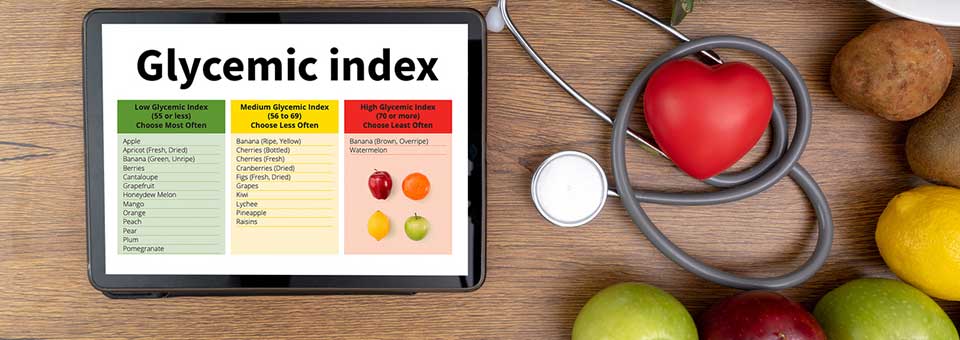Back in the 1970s, when Arnold Schwarzenegger was at the peak of his bodybuilding career, he used the term “white death” to refer to the two ingredients he eliminated from his diet… sugar and white flour.
I can’t think of a better description.
In the 19th century, Americans consumed about 2 pounds of sugar annually.[1] Today, the average child consumes 64 pounds of sugar annually.[2]
The effect of this is just devastating. Cases of type 2 “adult onset” diabetes among children have jumped more than 50% in the last 10 years alone.[3],[4] Some of these kids are 10 years old.
One in six U.S. toddlers is now officially obese. Not just chubby, mind you – obese.
Most MDs blame genetics and fatty foods. But I blame the radical disconnect between the diet that shaped our evolution and the tons of carbohydrates consumed today.
And now a new study confirms what I’ve been saying all along: Genetics have nothing to do with the stunning rise in childhood obesity.
German Researchers Fail to Connect Genes to Obesity
Researchers at the Technical University of Munich in Germany studied 1,400 children ages 6 to 19. They believed 900 genetic variants might be linked to obesity.
The youngsters underwent a six-week protocol of exercise, calorie-restricted diets, and behavioral counseling.
Researchers soon pared the list of suspected genetic causes down to 97 chromosomes. Later they whittled it down to 56.
When their study was published, they’d found just five genes that “seemed” to be associated with weight changes.[5] So after six weeks, no definitive links were found between genes and obesity.
I think that speaks for itself.
Use these Two Numbers of Burn Fat Fast
My patients often ask me what they can do to help their kids stay lean and healthy. I have to sympathize
when they say they can’t always control what their children eat. I’ve seen it in my own family.My son Dylan played football and lacrosse in high school and was always in excellent condition. And our family always discouraged snacks and sweets.
But after high school, things changed. He started to eat more carbs and his weight began to fluctuate. He’d gain 15 or 20 pounds, lose it for three months, then put it back on.
Eventually, he grew tired of this roller-coaster ride. So he cut out carbs and made grass-fed beef an important part of his diet. He also began teaching the PACE fitness class at the Sears Institute for Anti-Aging Medicine.
I’m proud to report that today, Dylan is in peak condition. His body fat is well under 10 percent and he feels great.
One valuable tool Dylan credits with turning things around is the Glycemic Index.
The Index rates the blood-sugar elevations caused by eating various foods. A glass of sugar water scores 100, while animal protein and most nuts score zero because they don’t raise blood sugar at all. Most foods fall somewhere in between.
As I explain in my book The Doctor’s Heart Cure, the Index has surprisingly little to do with sweetness. A cup of cherries scores 22, for example, while a slice of whole wheat bread rates a 70.
Another useful measure is Glycemic Load, which factors in typical portion sizes.
Take watermelon for example. Because portions of watermelon tend to be modest, its Glycemic Load is a 7.2. But if you only used the Index, you might swear off watermelon forever – its GI score is 72.
I use both Glycemic Load and the Glycemic Index to plan meals in advance. And to help you do the same, I’ve assembled this free, convenient guide comparing over 130 different foods.
With this handy reference, you’ll have all the essential information you need to prepare delicious, health meals.
It keeps my family healthy. I highly recommend it to yours.
[1] How Much Sugar Do You Eat? You May Be Surprised! Added Sugars. In National Institutes of Health. Retrieved from https://www.dhhs.nh.gov/dphs/nhp/documents/sugar.pdf
[2] Vos, M. B., Kaar, J. L., Welsh, J. A., Van Horn, L. V., Feig, D. I., Anderson, C. A. M., … Johnson, R. K. (2017). Added Sugars and Cardiovascular Disease Risk in Children: A Scientific Statement From the American Heart Association. Circulation, 135(19). https://doi.org/10.1161/cir.0000000000000439
[3] Manitoba, U. of. (2020, September 23). Rate of children diagnosed with type 2 diabetes rises over 50% over last 10 years, study finds. Retrieved from medicalxpress.com website: https://medicalxpress.com/news/2020-09-children-diabetes-years.html
[4] CDC. (2017, September 28). Prevent Type 2 Diabetes in Kids. Retrieved from Centers for Disease Control and Prevention website: https://www.cdc.gov/diabetes/prevent-type-2/type-2-kids.html
[5] Heitkamp, M. (2020, December 4). Obesity Genes and Weight Loss During Intervention in Children With Obesity. Retrieved January 29, 2021, from

